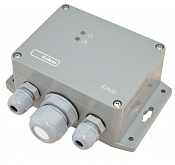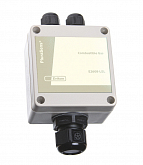Can you help us with the website?
Don't worry, it's small text information that helps us evaluate the site or target relevant advertising. More about cookies here.
It will help us greatly if you enable everything. You can only enable the cookies you want. Alternatively, it is possible to disable everything except those strictly necessary for the functioning of the site.
Price range
Brand
Detector type
Shopping with us
Personal collection of goods
Opening hours
Payment options








Delivery options












Contact
Copyright © 2024 BOLA spol s.r.o.

 Bola.cz
Bola.cz


